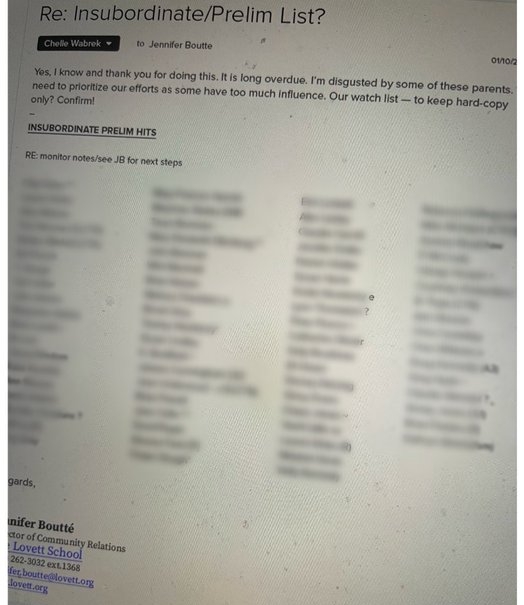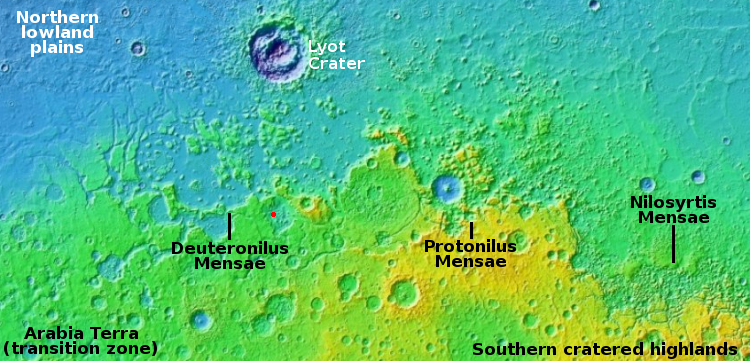Lockheed Martin cancels merger with Aerojet Rocketdyne
Capitalism in space: Faced with a lawsuit from the Federal Trade Commission (FTC) opposing the merger, Lockheed Martin yesterday announced that it is terminating its effort to buy Aerojet Rocketdyne.
Aerojet released a press release at the same time, insisting that the company remains viable and healthy, but there are doubts. While its rocket engines (its main business) remain technically reliable and well-built, they are relatively expensive. Moreover, the shift by rocket companies to build their own engines in the last decade has reduced its customer base significantly.
This loss of market is now compounded by a battle between two factions on the company’s board of directors.
While monopolies do not encourage competition, the merger with Lockheed Martin would have been mostly good for the rocket industry. It would have quickly given Lockheed Martin the skills to make rockets, and kept Aerojet Rocketdyne alive, albeit as part of another company. Now the latter faces extinction, and the former will need more time to develop the capabilities required in its recently-won NASA contract to launch a rocket from Mars to return samples.
And once again, the FTC lawsuit indicates that the Biden administration has decided to take a heavy-regulatory hand when it comes to business. The result however of this approach in this case has not produced more competition, but the likely bankruptcy of at least one company.
Capitalism in space: Faced with a lawsuit from the Federal Trade Commission (FTC) opposing the merger, Lockheed Martin yesterday announced that it is terminating its effort to buy Aerojet Rocketdyne.
Aerojet released a press release at the same time, insisting that the company remains viable and healthy, but there are doubts. While its rocket engines (its main business) remain technically reliable and well-built, they are relatively expensive. Moreover, the shift by rocket companies to build their own engines in the last decade has reduced its customer base significantly.
This loss of market is now compounded by a battle between two factions on the company’s board of directors.
While monopolies do not encourage competition, the merger with Lockheed Martin would have been mostly good for the rocket industry. It would have quickly given Lockheed Martin the skills to make rockets, and kept Aerojet Rocketdyne alive, albeit as part of another company. Now the latter faces extinction, and the former will need more time to develop the capabilities required in its recently-won NASA contract to launch a rocket from Mars to return samples.
And once again, the FTC lawsuit indicates that the Biden administration has decided to take a heavy-regulatory hand when it comes to business. The result however of this approach in this case has not produced more competition, but the likely bankruptcy of at least one company.













